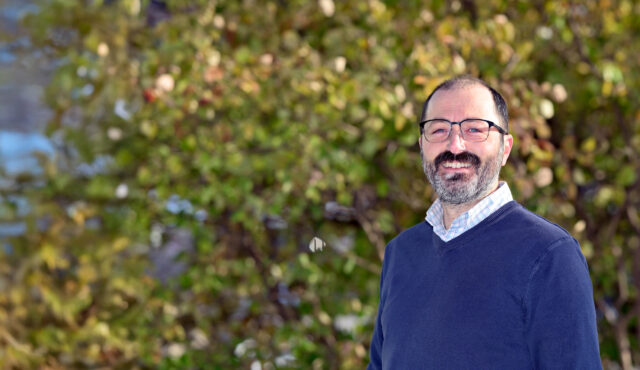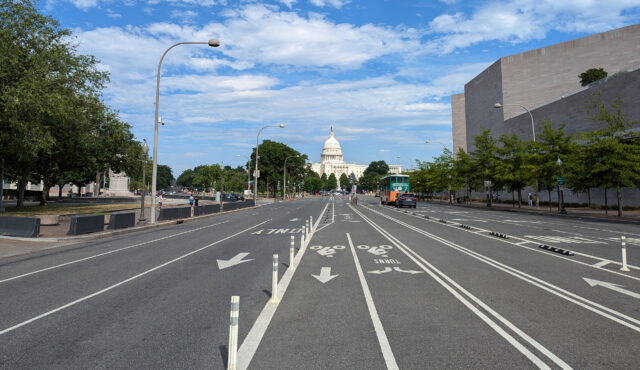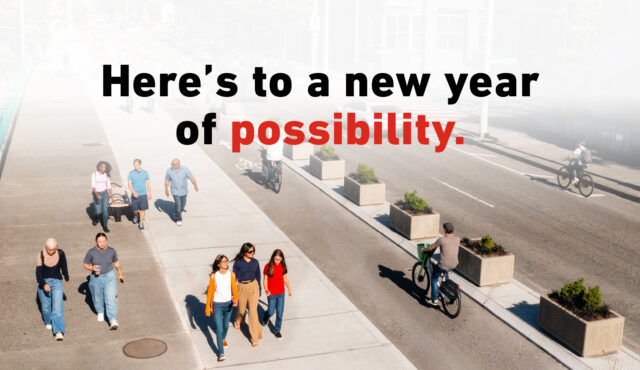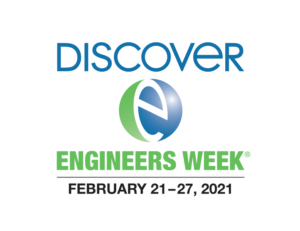 We learned earlier in Engineers Week that Toole Design has a good balance between engineers and planners among our technical staff, and that their skills and qualifications cover almost every aspect of engineering work from concept design to final construction. Perhaps their greatest attribute, however, is their ability to work alongside our planners, landscape architects, and urban designers to implement truly multidisciplinary projects. Nowhere is this more evident than in our growing portfolio of transit projects that confirm the critical importance of bus, BRT, and rail service to active transportation, placemaking, and community-building.
We learned earlier in Engineers Week that Toole Design has a good balance between engineers and planners among our technical staff, and that their skills and qualifications cover almost every aspect of engineering work from concept design to final construction. Perhaps their greatest attribute, however, is their ability to work alongside our planners, landscape architects, and urban designers to implement truly multidisciplinary projects. Nowhere is this more evident than in our growing portfolio of transit projects that confirm the critical importance of bus, BRT, and rail service to active transportation, placemaking, and community-building.
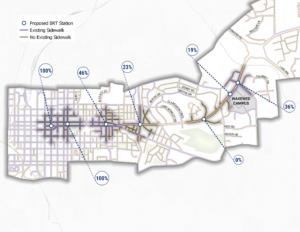
For example, Toole Design is part of a multidisciplinary team led by WSP designing the New Bern Avenue Corridor Bus Rapid Transit project in Raleigh, NC. Our tasks include delivering 30% designs for the corridor, stations, and relevant local streets – with an emphasis on first/last mile connections. Our engineers have developed several elements and design concepts for the station areas, connections to existing active transportation infrastructure, wayfinding for people with visual impairments, and protected intersection designs that will increase safety for passengers as they board and alight the system.
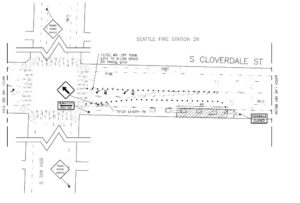
In Seattle, we are even more focused on individual bus stop design in constrained public rights-of-way. On behalf of the City of Seattle, we are developing design plans for new concrete landing pads for future bus shelters at existing bus stops. We have produced designs and corresponding traffic control plans for numerous locations, adding ADA and lighting details that were not originally included, and determining final sidewalk grades based on survey field-measuring sidewalk slopes. Both the Raleigh and Seattle projects rely on close coordination with planners and data analysts.
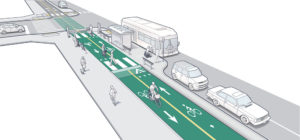
Our transit work has also challenged our engineers to “imagine tomorrow” for transit system users of all ages and abilities. Toole Design is working with the Massachusetts Bay Transportation Authority (MBTA) to update its Systemwide Guide to Accessibility. By codifying existing policy, practice, and addressing common design challenges in a user-friendly collection of guidance, the Guide will aim to solve common accessibility issues for all users through design, construction, and maintenance.
Similarly, we recently developed multimodal design guidelines for AC Transit in the San Francisco Bay Area. The guidance integrated transit system design with complete streets and emerging protected bikeway designs, ensuring that design details comply with ADA requirements.
The varied work, exciting challenges, and teams of people involved give Toole Design engineers the chance to savor all of these 10 Reasons to Love Engineering, although #8 Travel is not as prominent as it once was!
